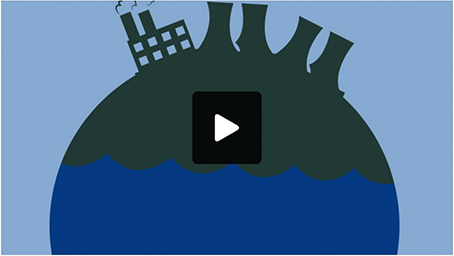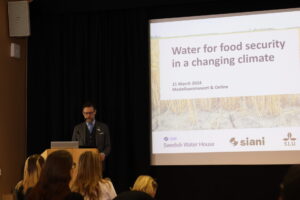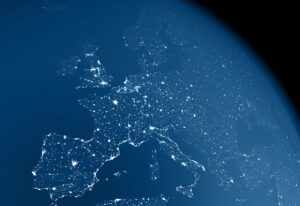Water and sustainable business – are you ahead of the curve?
The Stockholm Industry Water Award is presented each year at the World Water Week in Stockholm. It recognises achievements of businesses leading the way towards sustainable water management, by developing and implementing transformative, innovative and sustainable ways to meeting one of the world’s greatest challenges.
Many may not realise (it still amazes me!) but even though almost 75% of our planet’s surface is covered with water, only a fraction is fresh enough to sustain life. In fact, if you poured all the water on earth into a bathtub, less than a tablespoon of it would be both fresh and liquid.
Water plays an indispensable part in the production of almost everything we use. For some goods and services – like food and electricity – the importance of water is quite obvious. In other cases, the connection to water may be less direct, but if you were to take a minute to investigate how the things you have in front of you were actually produced (here’s a quick example), you’d quickly end up in a lot of water!
With water being a key resource for the production of virtually everything, it is not surprising that the demand for it has grown immensely over time. Some 2400 years ago, the Greek philosopher Plato argued that scarcity gives a resource its value: “Only what is rare is valuable, and water, which is the best of all things…is also the cheapest”. In 1776, Adam Smith coined the famous water-diamond paradox by stating that: “Nothing is more useful than water: but it will purchase scarcely anything; scarcely anything can be had in exchange for it. A diamond, on the contrary, has scarcely any use-value; but a very great quantity of other goods may frequently be had in exchange for it.”
For both Plato and Adam Smith, water must have been a very abundant resource for which supply often outstripped demand. However, this is no longer the case. It’s estimated that water use increased 40 times between 1700 and 1900 and, with a seven-fold increase, outpaced population growth in the 20th century.
The demand for freshwater is now projected to continue to grow for the foreseeable future, leading to a world that wants 55% more water in 2050 than it did in 2000. As a result, 45% of the global population and over 60%in the rapidly developing economies of the BRIICS (Brazil, Russia, India, Indonesia, China and South Africa) will be living under severe water stress in 2050. No wonder the World Economic Forum has ranked water among the top global risks for three years running!
Despite the challenges that confront us, I am convinced that the glass is more than half full. The awareness of water is rising. More and more companies, large and small, understand that even if you don’t sell bottles, pipes or pumps, water is a core part of a sustainable business.
If you work in, or know of a company that has made outstanding and transformative contributions to sustainable water management, get the word out. And make sure to do it fast. The nomination period to next year’s Stockholm Industry Water Award closes November 15. Nominate before November 15!
[1] According to AQUASTAT, around 70% of the global water withdrawals are for the sector agriculture, ca 20% for industry and the remaining 10% municipal. The water used by industry clearly has a commercial purpose. Water for agriculture is not as straight forward, but as the vast majority of crops grown on irrigated land is for sale and not for subsistence, I have assumed that around 85% of the irrigation water is used for crops that are sold or exchanged. The municipal water includes piped water that is used directly in households, but also by hotels, restaurants, some thermoelectric cooling, mining, and other commercial activities. For simplicity I have (wrongly) assumed that all the municipal water is withdrawn for non-commercial purposes. I would love to get hints to better estimations of water withdrawals for different purposes.








